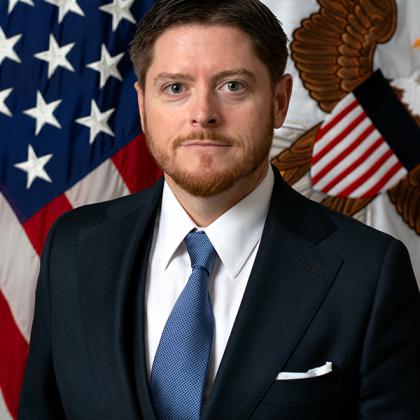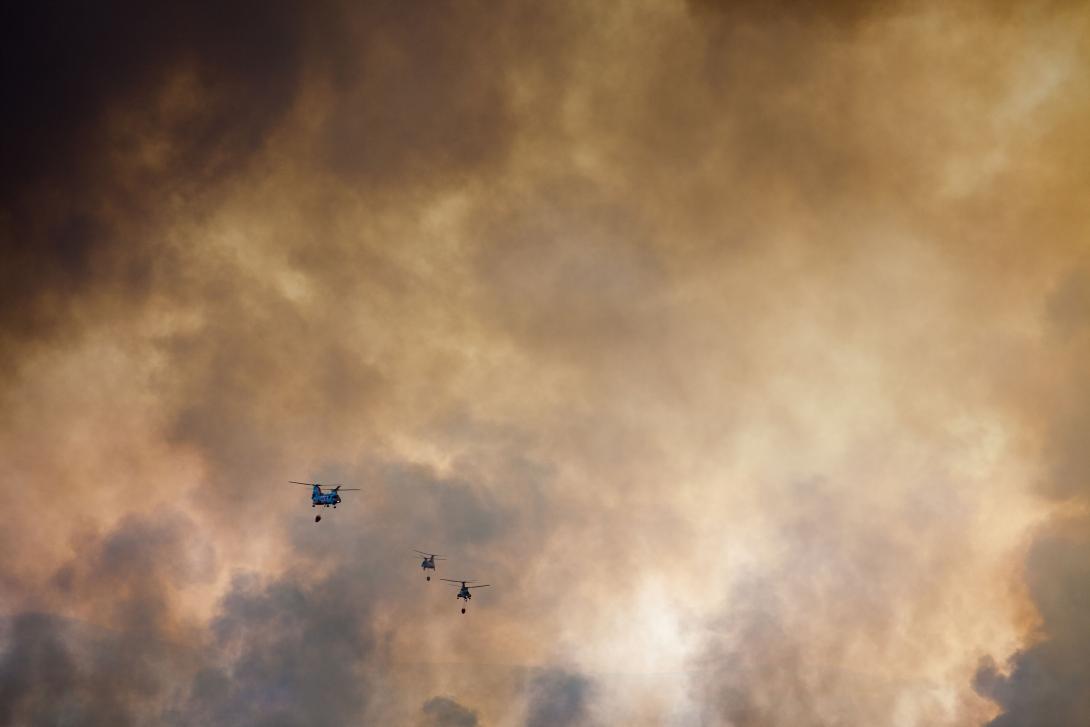DoD Climate Change Assessment Tool To Focus on Immediate Forecasts
While the United States continues to face significant risks and disruptions to operations posed by the changing climate, the U.S. Department of Defense (DoD) remains committed to deploying resilient energy technologies to mitigate risks, a top defense official said.
“There isn’t a climate risk that we don’t face from a DoD perspective,” Brendan Owens, assistant secretary of defense for energy, installations and environment, said on November 8. “It is something that we look at in a very systemic way, but through the lens of what the specific risk for a specific place is.”
Owens mentioned updates to how the department uses the DoD Climate Assessment Tool (DCAT). DCAT is the backbone of how the government understands installation vulnerability.
“It’s a geospatial representation of all the different climate vulnerabilities that our installations face,” Owens shared during a breakfast meeting hosted by the Defense Writers Group, an association of defense and national security correspondents.
DCAT is a web-based collection of scientific climate data to support research, analysis and decision-making about exposure to historical extreme weather and reasonably foreseeable climate effects, according to the website. It enables military departments and their base personnel to deliver consistent exposure assessments and prioritize regions or installations for additional climate-related studies and can look at scenarios that can play out in 20, 60, or 85 years.
“When you look at an installation-level analysis through DCAT, we are investing in better fidelity now because of what we’ve seen–the trend of more peaky extremes, more extreme extremes.” Owens gave the example of the devastating flooding this week in Valencia, Spain, that killed more than 200 people as one of those extreme extremes. The area experienced its heaviest rainfall in nearly three decades.
The department’s online assessment tool is undergoing changes so it can be used to address more immediate climate concerns. “DCAT was sort of built to look at the long term. We’re now working to pivot [the tool] into much more granular, much more hyper-focused assessments to better assess the acute threat we have, not the chronic one,” Owens said.
The military also uses climate wargaming, a simulated scenario that examines how climate change can affect the military’s ability to operate. Owens said the simulations help military leaders assess the impact of extreme weather on contested logistics "because combatant commanders do understand that they’re at risk for those challenges.”
As extreme changes in climate threaten national security, Owens said all decisions his team makes must be increasingly climate informed.
“There may be more diversity than is currently in the plans to be able to deal with that fact that nature gets a vote in the fight that is entirely independent of whether or not the adversary is doing anything,” Owens said.

There isn’t a climate risk that we don’t face from a DoD perspective.
Owens said he doesn't think the department will see much change in administration or its approach to climate change.
“The resilient work that we have been doing to bring within our fence lines—reliable, resilient, logistics tail free energy—is something that I don't expect to see any deviation, because it is a significant risk to capability and mission if we are in conflict when the power grid is attacked.”
But there will continue to be climate worries in the near future.
“I thought we'd be having a different conversation about what the future looks like from my perspective, and I do think worrisome is the right way to think about this because we are increasingly at risk,” Owens said. “Although I will say that I do have hope that the way the Department of Defense looks across all these issues and the pragmatism with which our commanders address their missions.”
Owens shared that the transition papers have been written, and briefings are ready for the new administration.
“Politics should not be driving combat and commander capabilities,” he said. “Technology should be driving it, and capability should be driving it. And I see climate resilience and national security as two sides of the same coin."





Comments